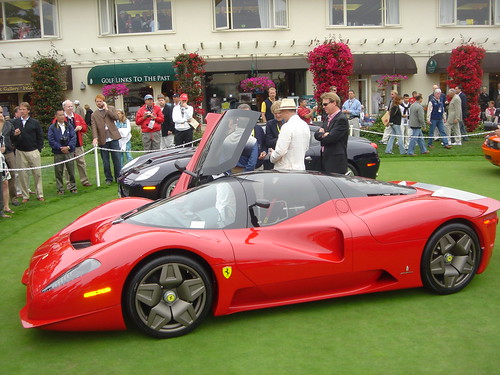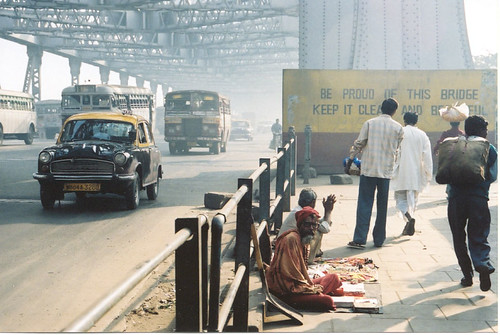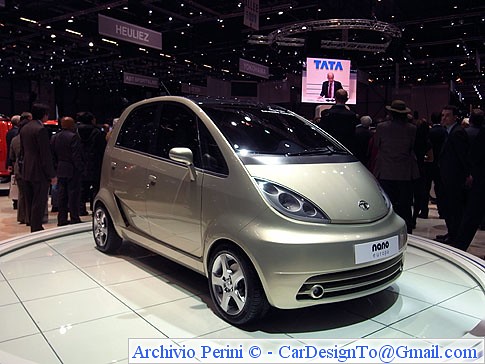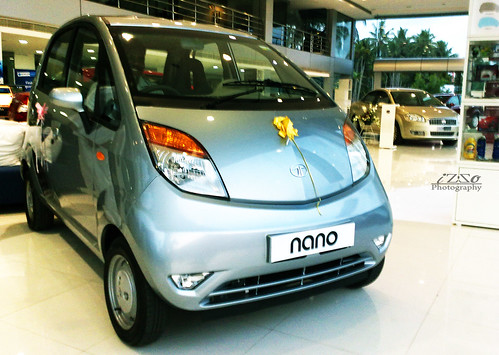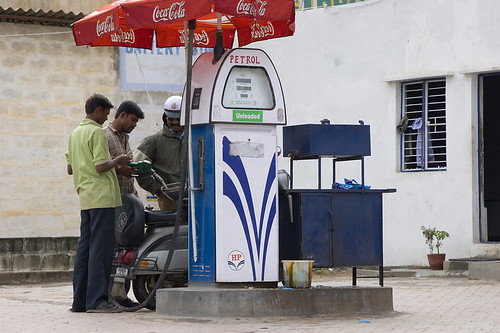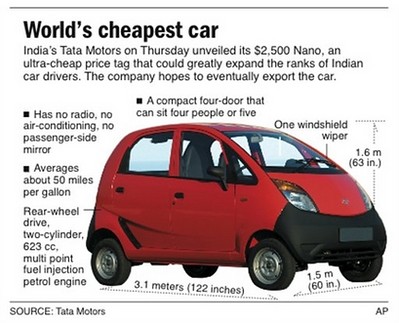“Tough, Sexy, Smart” – Brisk Business for GM in India
(Source: Washington Post)
The iconic American carmaker went bankrupt last year, but its Indian operations have never been busier, evidence of India’s booming economic growth and the rising prosperity of middle classes that are increasingly demanding first-world trappings in one of the fastest-rising countries.
“The new generation wants to hold the steering wheel in their hands,” said Prabhjot Singh, manager of a driving school who said young Indians who used to go to him to learn how to drive scooters are now flooding in to learn how to drive cars.
With rising household wealth, the growth of suburbs and highways and a youthful population, India is the second-fastest-growing market for car sales in the world after China. India’s auto industry reported a 26.4 percent growth in sales in 2009-10, partly because a government stimulus package lowered once sky-high interest rates and made financing easier, according to a study by the Society of Indian Automobile Manufacturers (SIAM).
The Indian government also cut manufacturing taxes in late 2008 and early 2009 to protect domestic markets and attract overseas partners. India’s economy continued to grow at 8 percent, second only to China’s.
Part of the secret to India’s success is that it is producing cars that fit the “sweet spot,” or a budget of less than $7,000 for first-time car buyers. While the United States continues building gas-guzzling tanks, India has perfected the “mini-car.” Tata’s famed Nano, the world’s cheapest car, is an extreme example. It costs about $2,000 and sales are reportedly brisk.
With far lower labor costs, GM India is more willing to be innovative. The company recently announced that it will join Reva, India’s electric-car company, to roll out a new vehicle this year.
Click here to read the entire article.
Related articles by Zemanta
- After record Jan car sales, India seen steaming into Feb (inautonews.com)
- India: Feb car sales raise 33% y-o-y (inautonews.com)
- Tata May Beat Hyundai in India, Helped by $2,500 Car (Update1) (businessweek.com)
- India’s Urban Future (wallstreetpit.com)
- Vehicle penetration in India & China (linusfernandes.com)
- Another Low-Cost Car Coming to Indian Auto Market (wheels.blogs.nytimes.com)
- GM India to Add China-Developed Light Trucks on Urban Growth (businessweek.com)


![Reblog this post [with Zemanta]](http://img.zemanta.com/reblog_e.png?x-id=d0fb851f-a906-4be8-a9dc-d25c6abb932e)




